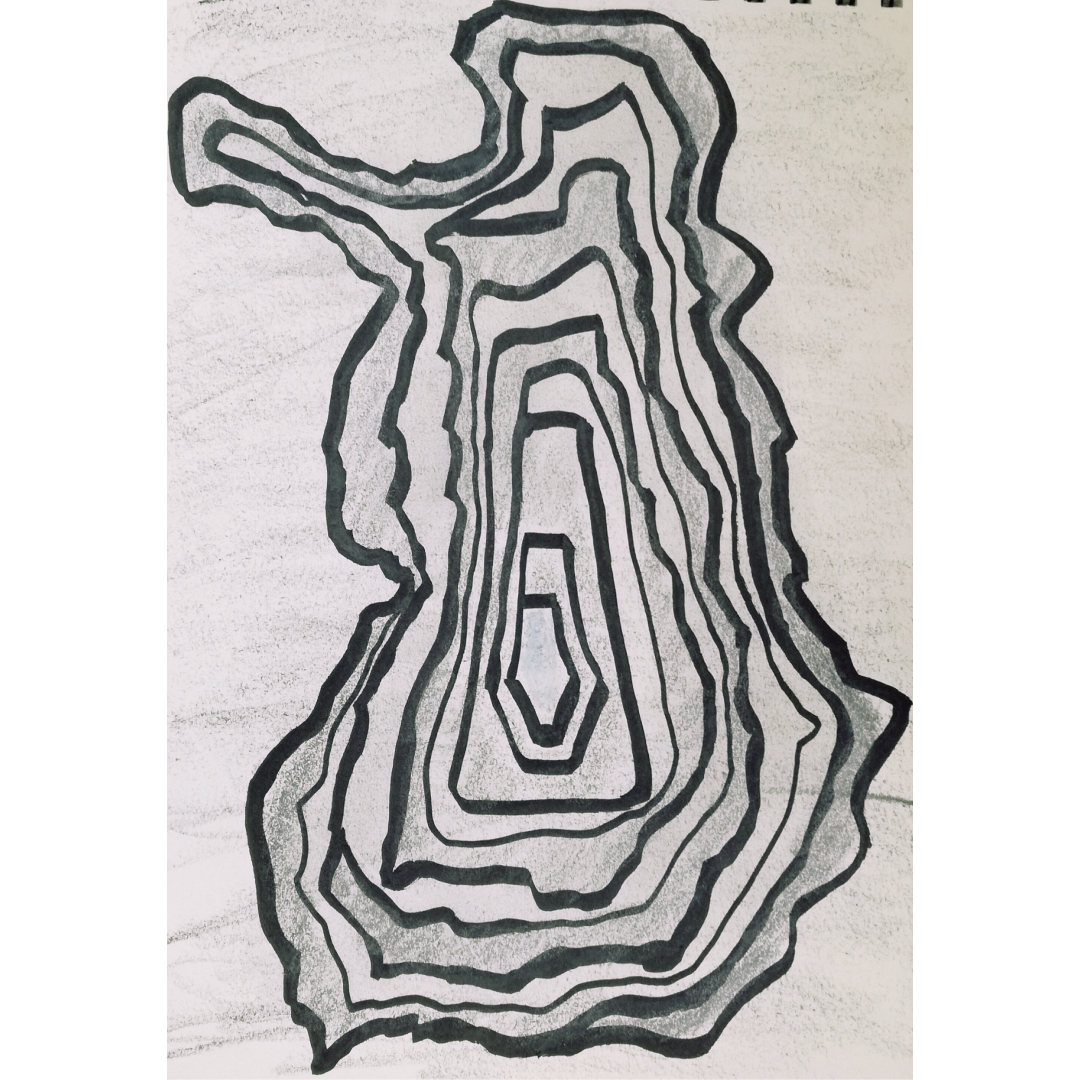Upcoming Event: From Bulwark Nation to Boulevardization and Back. Political Power and Cultural Policies of the Finnish Corporate State in Helsinki/Uusimaa Region Through Art

ALabApArt's new research, framed here as an artistic research project, aims to explore the intricate relationship between political power narratives of the Corporate State of Finland and their reflection in national cultural policies and institutional decision-making, with a specific focus on the Helsinki/Uusimaa Region.
Our objective is to highlight the red thread of these narratives woven into cultural policies and decisions of public and private institutions that support arts and research during periods of openness (the period of “Boulevardization of Helsinki” as a paradigmatic case study) and closure (analyzing Finland as a bulwark nation against various geopolitical threats, from the “bolsheviks” and “soviets” to the contemporary Russian “weaponization of migration”, for whom the “fence” was built).
The research will begin by studying Helsinki’s history as a defensive fortification, reflecting broader Finnish national policies. It will then delve deeper into the political power narratives reflected in cultural policies and institutional decision-making in Helsinki during periods of openness and closure. Additionally, the project will examine the impact of untransparent institutional decisions on the support of arts and research in Helsinki/Uusimaa. Finally, it will explore the implications of these policies and decisions for Helsinki’s cultural and national identity.
From a historical point of view, we will delve into Helsinki’s evolution from a fortified city to a modern capital, examining how historical defensive postures shaped its urban development and cultural identity. From a theoretical point of view, we will build upon two texts, the “Iconology and Iconographies of Boulevardisation” and “The Transparent Elephant in the Room”, which will be further analyzed to understand the broader implications of institutional critique and transparency in Helsinki. From an artistic point of view, through visual and performative art pieces, the project will reflect on these transitions and the themes of transparency and institutional influence.
The project will have four parts. The first will be a study of Helsinki’s historical context, urban transformation, and issues of institutional transparency. The second part will regard the documentation of Helsinki’s transformation, examining specific instances of institutional influence on arts and urban policies. The third will regard site visits and interviews with key stakeholders in Helsinki to gather firsthand insights into urban and cultural transformations. And the last part will regard the creation of visual and performative artworks juxtaposing historical and modern Helsinki, culminating in a public exhibition.
The outcomes of this artistic research project will be: first of all, a unique (for the context) understanding of Helsinki’s transformation and its reflection of Finnish national policies; distinctive insights into the transparency challenges faced by Finnish cultural institutions; an engaging collection of artistic works that visually and performatively represent these transitions; and an exhibition that through art stimulates alternative discussions on urban transformation and institutional transparency.
We will seek grants from public and private institutions to support this project. Yet, not to build our own “bulwark” against these institutions but to maintain open their constitutive and constitutional aspects, such supporting institutions will be analyzed in terms of contribution to the “boulevardization” and/or “bulwark nation.”
Schedule:
- Months 1-4: Literature review and initial research.
- Months 5-8: Textual analysis and identification of key themes.
- Months 9-12: Field research and case study documentation.
- Months 13-16: Development and creation of artistic works.
- Months 17-20: Preparation for and execution of the exhibition and performance.
- Months 21-24: Evaluation and final analysis.
Lastly, by investigating how political power narratives influence art, cultural policies, and institutional decisions, this project aims to shed light on the intricate dynamics of Helsinki’s and Finland’s artistic and cultural landscape. Its artistic and cultural component will not only illustrate these findings but also engage the public in meaningful discourse on urban and cultural transformation.
Thank you for your attention. I look forward to discussing and collaborating with the readers – individuals or institutions – on how this project can contribute to our understanding of cultural policies and institutional transparency in Helsinki and Finland.